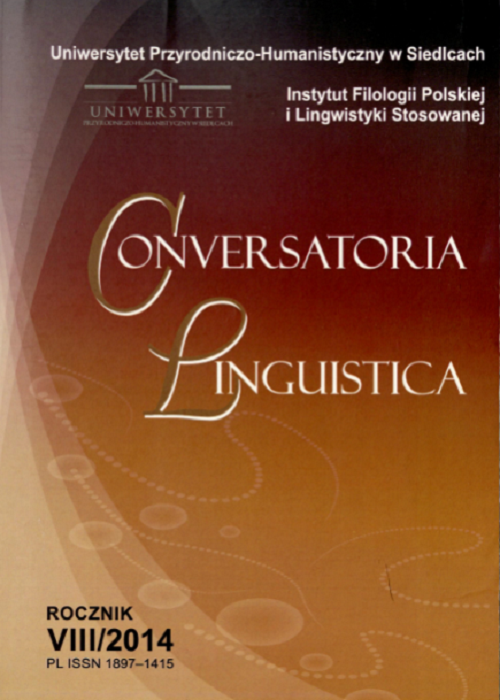SMUTEK w historii języka polskiego
Keywords:
the history of Polish language, the changes of meanings, the semantics, the name of valuesAbstract
The purpose of this article was the semantic analysis of the eight names of the sadness: smutek (smętek), ckliwość, tęskność, tęsknota, tęskliwość, żal, żałość, żal, żalość i żaloba. The composite written material gathered from all available leksicographical sources encompassed the texts starting from the XIV century. It seemed that the meanings and features of the investigated lexems diametrically differed from the contemporary state of things. Those written things featured and characterized themselves on the basis of the numerous sacral texts and it’s assured that the primal essence of those was enveloped with the category of peccata capitalia. We can notice the residua – in the context it’s the religious thinking corresponding with the old polish language – that were long. At the begining of the “young–polish” era it’s registered the “usebles” which indicated the sins tristita, acedia or ira. It’s being said that the language is a very conservative form and that’s why it stays behind in the relationship with the language–beyond world ingraining the history into the contemporariness.




